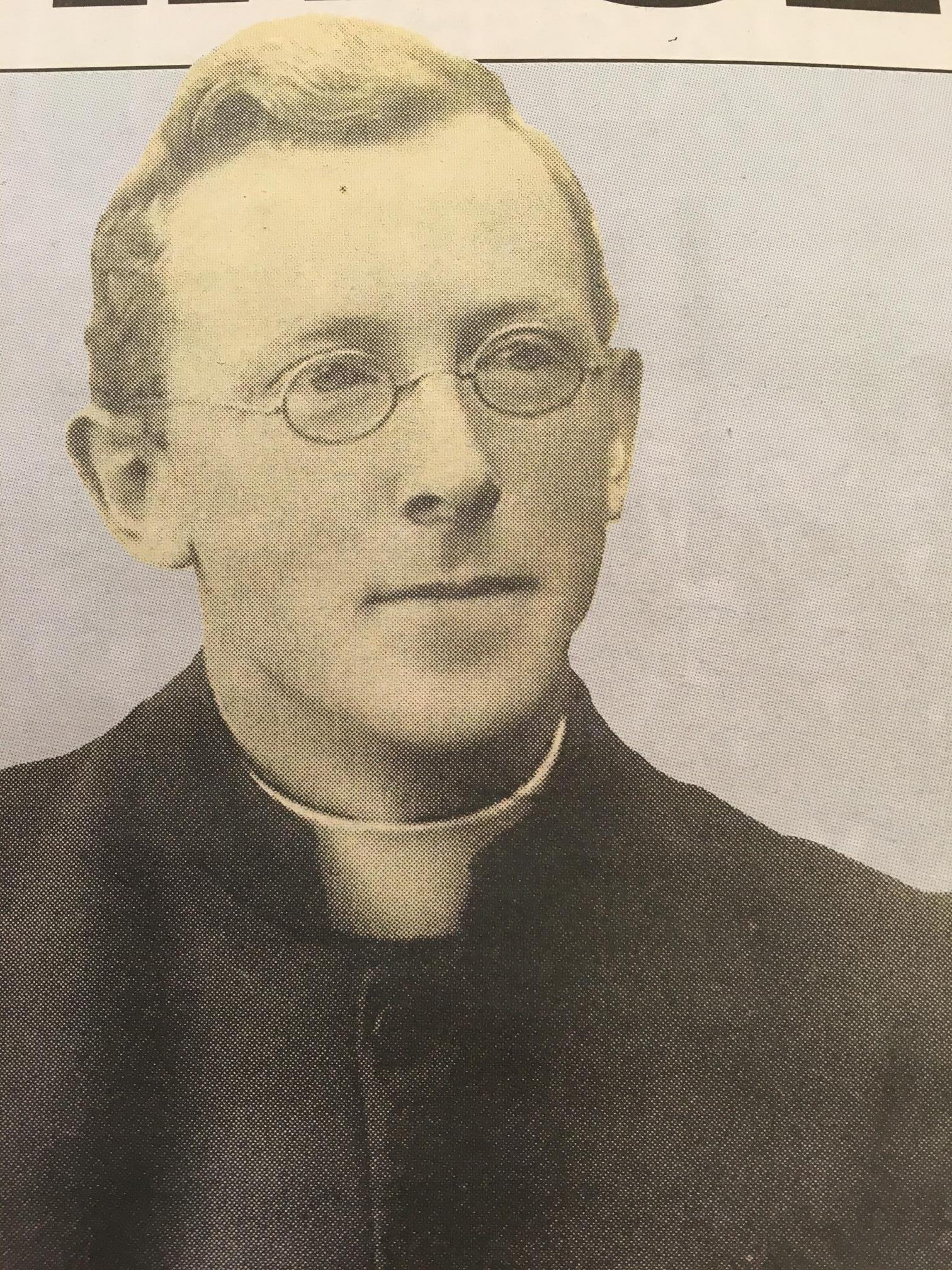Kieran’s Our City, Our Town Article,
Cork Independent, 20 October 2016
Remembering 1916: MacSweeney’s Poverty Study
This week one hundred years ago, discussions filled the newspapers of the impending cold winter and the need to look after the impoverished of the city. The city’s institutions such as its hospitals – Mercy Hospital, South and North Infirmary, and institutions such as the City and County gaols, the Magdalene Asylum, the Sailor’s Home as well the City’s workhouse or Cork Union record the need to address the needs of society and to provide more financial aid and food to citizens immersed in large scale poverty. The other pillars of Cork Society were its educational ones – the core schools that appear are the North Monastery, the South Presentational Convent, Crawford Municipal Technical Institute and the Cork School of Commerce. All continue through the press to showcase the importance of education and life-long learning in escaping from poverty traps in the city’s vast slum network, and to help the overall societal pull to a better life.
Across October 1916 the Cork Industrial Association called upon the Corporation of the city to provide cheap fuel for the poor during the winter months. It was predicted that fuel of all kinds would likely increase in price due to demand. The Association deemed the prices far beyond the resources of the small wage earners, whose mode of livelihood – difficult enough before the war – had now become a large problem. They spoke of an impoverished class – those who had no regular employment, and whose income did not exceed more than a few shillings each week – who had no possible chance of procuring sufficient food, not to mention fuel. Without the aid of charitable assistance either from their own friends, a little better off than themselves, or from the societies in the city organised for the purpose of helping the necessities, they remained in serious deprivation. The Association denoted that in early October; “Despite the increase of employment in some trades and the circulation of large sums such as war separation allowances, inquiry will show that much extreme poverty exists in Cork at the present time. That sad condition of things will become aggravated with the approach of winter unless organised public effort is made to ameliorate the lot of the genuine poor“.
There is plenty data on living conditions present in the work of Fr Aengus MacSweeney, parish priest of St Mary’s Church, Pope’s Quay who throughout 1916 gave talks on poverty and living conditions of working classes in the City to different organisations. This was part of a personal programme to bring public attention to the conditions he encountered in an MA study. Fr MacSweeney was born in Castlecomer, County Kilkenny in 1894 and ordained into the Dominican Order in 1905. After first serving in Galway, he moved to Cork City in 1913. He had already obtained a BA and on his arrival in Cork, he pursued an MA in University College Cork.
One of Fr MacSweeney’s talks is detailed in the Cork Examiner in early February 1916 during the second of a series of Economic Conferences organised by Professor Smiddy and Mr Rahilly. It was held in the spacious Examination Hall of University College Cork. Professor Smiddy, introduced Fr MacSweeney, and pointed out that he had made an extensive investigation into the lives, housing, incomes, and standards of living of over 1,010 wage-earning families in Cork comprising 5,058 persons. Part of his MA thesis was published by the University in March 1917 (Poverty in Cork) and supported by the new Bishop of Cork, Daniel Cohalan.
Father MacSweeney, at the outset of his paper, dismissed mere hearsay evidence and vague statements concerning the poverty of a city. His study involved fieldwork within the slums. He found that 354 of his 1,010 families who he studied that that their total weekly income did not exceed 19s. The total earnings of these families, which included 1,832 individuals, was £243 17s 5d. Taking the prices and business rates prevalent before the war, the support of these individuals in the workhouse would cost the rates £233 2s for food alone. He noted that it was obvious that there were hundreds of families subsisting in Cork at a rate, which was insufficient to provide an adequate subsistence.
Father MacSweeney did not confine himself to numerical and statistical results. He presented several case studies of “struggles, despair and want”. He highlighted that poverty was a very complex and multi-sided, and that it raised problems in every sphere of social activity. He related that that a third of the families he interviewed did not live in any particular district. They were scattered over the city and were the most migratory portion of the population. Low rent was an attraction for them and determined their fixity of tenure. Fr MacSweeney dwelt on the bad housing conditions of the city and the problem of elevating and educating the children, and on the effects of “blind alley” employments. He also referred to the question of drink and improvidence; he regarded much of the excessive drinking as the effect rather than the cause of poverty.
Abstracted from Cork 1916, A Year Examined by Kieran McCarthy & Suzanne Kirwan is available in Cork bookshops.
Captions:
866a. Map of alaneways of slums, c.1910, north west ward of Cork City (source: Cork City Library)
866b. Fr Aengus MacSweeney, author of Poverty in Cork, 1917 (source: Cork City Library)

